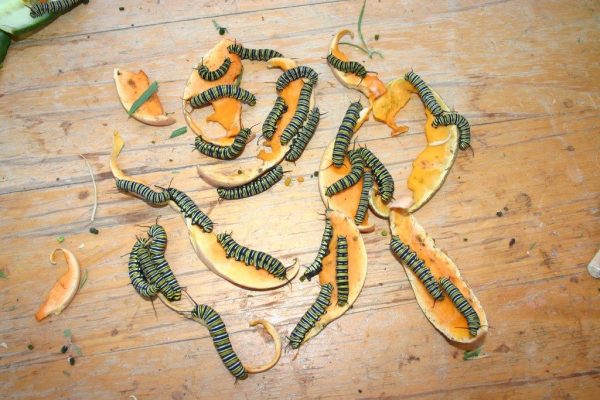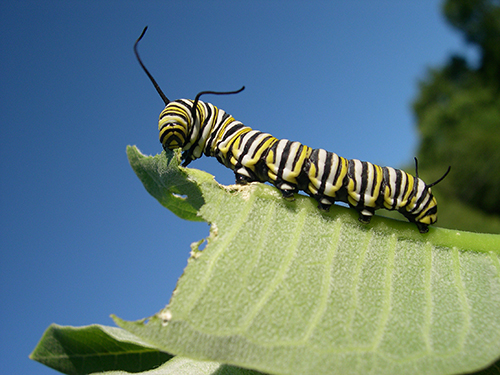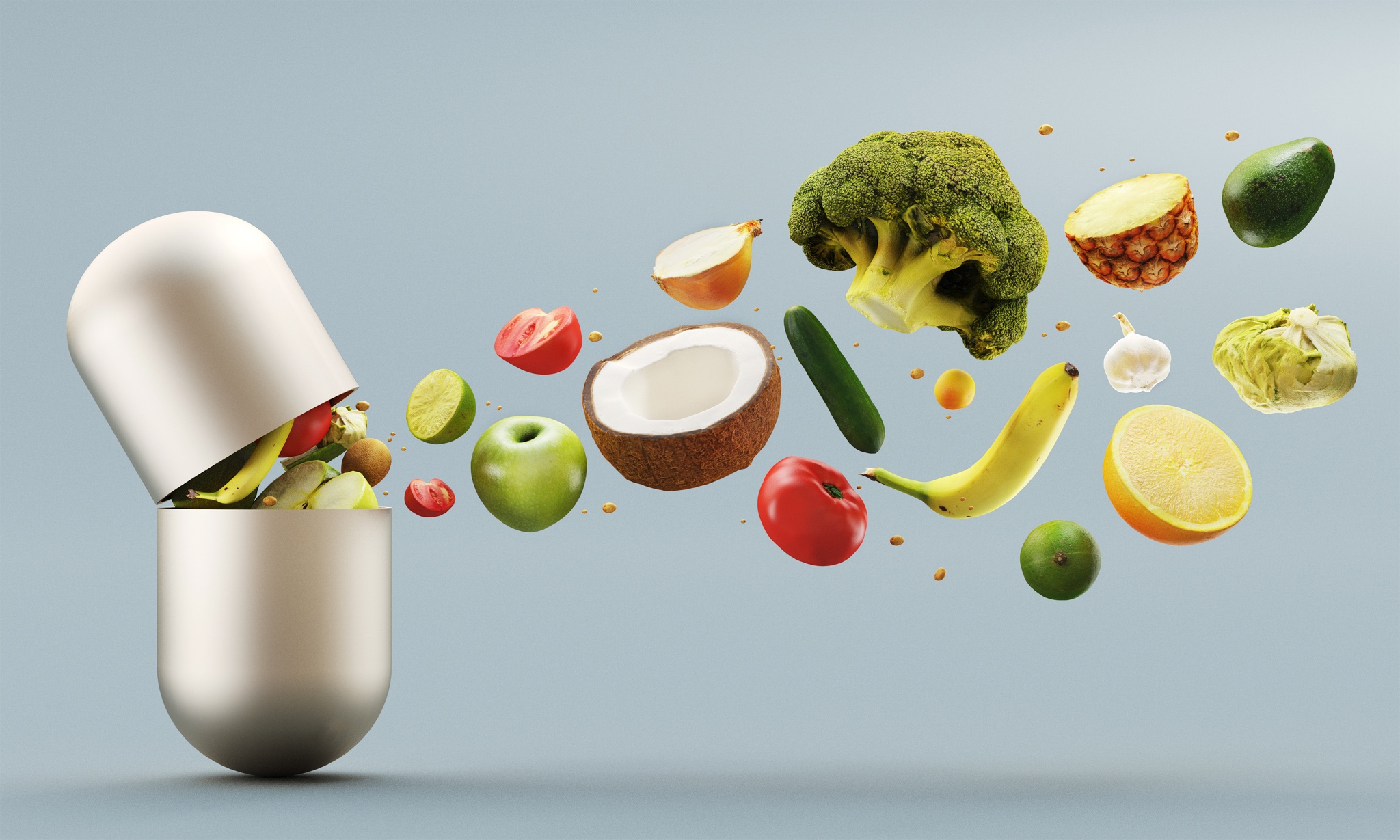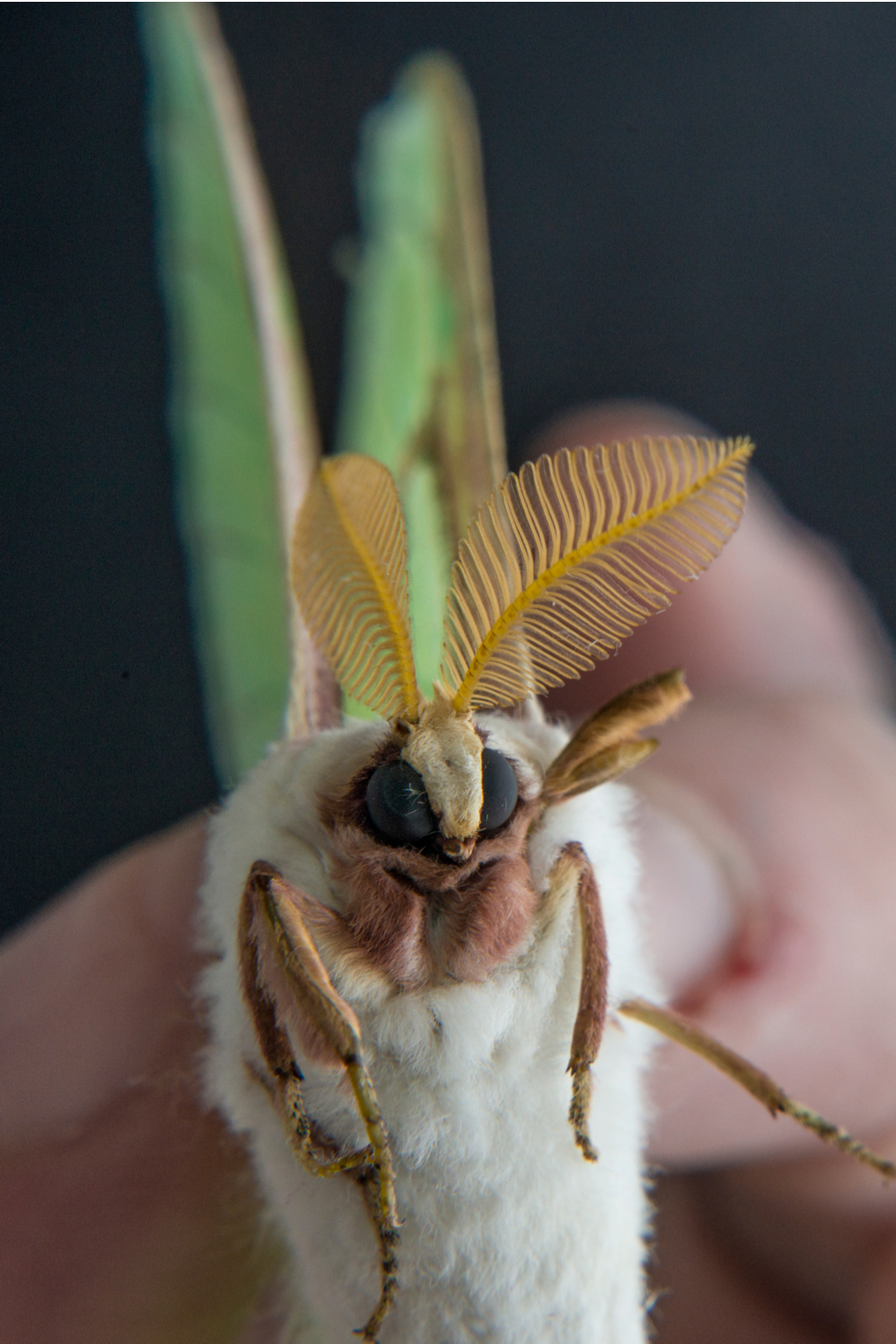Understanding Caterpillar Nutrition: What Do They Need to Thrive?
Proper nutrition is essential for the growth and development of caterpillars, the larval stage of butterflies and moths. Caterpillars have specific dietary needs that must be met in order to ensure their survival and success. Macronutrients, such as proteins, carbohydrates, and fats, provide energy and support growth, while micronutrients, including vitamins and minerals, play critical roles in various physiological processes.
Water is also a crucial component of a caterpillar’s diet, as it helps to regulate body temperature, transport nutrients, and remove waste products. Different species of caterpillars have varying nutritional needs, and some may require specific nutrients or food sources to thrive. For example, the monarch butterfly caterpillar requires milkweed plants to survive, as they contain toxic compounds that make the caterpillar unpalatable to predators.
Understanding the nutritional needs of caterpillars is essential for anyone looking to raise these amazing creatures. By providing the right food and environment, individuals can help support the growth and development of caterpillars, ultimately contributing to the success of butterfly and moth populations. When it comes to what do you feed caterpillars, the answer depends on the species, but a general understanding of their nutritional needs can help inform feeding decisions.
In addition to nutritional needs, caterpillars also have specific requirements for their environment. Temperature, humidity, and light all play critical roles in supporting the growth and development of caterpillars. By providing a suitable environment and the right food, individuals can help support the success of these amazing creatures.
For those looking to raise caterpillars, it is essential to research the specific needs of the species they are working with. This includes understanding what to feed caterpillars, as well as how to provide the right environment. By taking the time to learn about the needs of caterpillars, individuals can help support the growth and development of these amazing creatures, ultimately contributing to the success of butterfly and moth populations.
Leafy Greens and Beyond: Exploring Caterpillar Food Options
Caterpillars are voracious eaters, and their diets consist of a wide variety of plants and plant parts. Leaves, stems, flowers, and fruits are all fair game for these hungry larvae. Different species of caterpillars have specific food preferences, and understanding what to feed caterpillars is crucial for their survival and success.
Monarch butterfly caterpillars, for example, are notorious for their love of milkweed plants. These plants contain toxic compounds called cardenolides, which make the caterpillars unpalatable to predators. Other popular caterpillar food sources include dill, fennel, and parsley for black swallowtail caterpillars, and oak leaves for gypsy moth caterpillars.
In addition to leaves and stems, caterpillars also enjoy a variety of fruits and flowers. Apple, cherry, and plum trees are all popular food sources for various species of caterpillars, while flowers like sunflowers and zinnias provide a sweet treat for these hungry larvae.
When it comes to what do you feed caterpillars, the options are endless. However, it’s essential to provide a varied diet that includes a range of plant species. This ensures that caterpillars receive a broad spectrum of nutrients, which is critical for their growth and development.
Some caterpillars are specialized feeders, meaning they only eat specific plants or plant parts. Others are generalist feeders, meaning they will eat a wide variety of plants. Understanding the feeding habits of different caterpillar species is essential for providing the right food and environment.
In general, caterpillars prefer plants that are fresh, tender, and free of pesticides. Avoid feeding caterpillars wilted or damaged leaves, as these can be toxic to the larvae. Instead, provide a constant supply of fresh food, and ensure that the plants are free of pesticides and other chemicals.
By understanding what to feed caterpillars and providing a varied diet, individuals can help support the growth and development of these amazing creatures. Whether you’re raising caterpillars indoors or outdoors, providing the right food is essential for their survival and success.
How to Feed Caterpillars: Tips and Tricks for Raising Healthy Larvae
Feeding caterpillars requires attention to detail and a understanding of their specific needs. Providing the right food, in the right quantity, and at the right time is crucial for their growth and development. When it comes to what do you feed caterpillars, the answer depends on the species, but there are some general guidelines to follow.
First, it’s essential to provide a varied diet that includes a range of plant species. This ensures that caterpillars receive a broad spectrum of nutrients, which is critical for their growth and development. A good rule of thumb is to offer a mix of leaves, stems, and flowers, and to rotate the food sources regularly to prevent boredom and ensure a balanced diet.
Second, it’s crucial to maintain cleanliness when feeding caterpillars. This means providing fresh food, removing any uneaten or spoiled food, and cleaning the enclosure regularly. Caterpillars are susceptible to disease and parasites, so it’s essential to maintain a clean environment to prevent the spread of disease.
Third, it’s essential to ensure adequate hydration. Caterpillars need access to fresh water at all times, and the water should be changed regularly to prevent bacterial growth. A shallow dish of water or a water-soaked sponge can provide the necessary hydration for caterpillars.
Finally, it’s essential to avoid overfeeding. Caterpillars have different nutritional needs at different stages of their development, and overfeeding can lead to a range of problems, including obesity, disease, and even death. A good rule of thumb is to provide food in moderation, and to monitor the caterpillars’ weight and overall health to ensure they are receiving the right amount of nutrition.
By following these tips and tricks, individuals can provide the right food and environment for caterpillars, and help support their growth and development. Whether you’re raising caterpillars indoors or outdoors, providing the right nutrition is essential for their survival and success.
In addition to these general guidelines, there are some specific considerations to keep in mind when feeding caterpillars. For example, some species of caterpillars require specific nutrients or food sources, so it’s essential to research the specific needs of the species you are working with. Additionally, caterpillars have different nutritional needs at different stages of their development, so it’s essential to adjust the diet accordingly.
By providing the right food and environment, individuals can help support the growth and development of caterpillars, and ultimately contribute to the success of butterfly and moth populations.
Caterpillar Food Supplements: Do They Really Work?
When it comes to feeding caterpillars, many enthusiasts and breeders turn to commercial food supplements to provide their larvae with the nutrients they need to thrive. But do these supplements really work, and are they worth the investment? In this section, we’ll delve into the world of caterpillar food supplements, exploring their ingredients, benefits, and potential drawbacks.
Commercial caterpillar food supplements typically contain a mix of nutrients, including proteins, vitamins, and minerals. These supplements are often designed to mimic the nutritional profile of the caterpillar’s natural food sources, such as leaves and stems. Some popular ingredients in caterpillar food supplements include soy flour, wheat germ, and dried fruit.
Proponents of caterpillar food supplements argue that they can provide a number of benefits, including improved growth rates, increased survival rates, and enhanced coloration. Some supplements also claim to contain additives that can help to boost the caterpillar’s immune system and reduce the risk of disease.
However, not all caterpillar food supplements are created equal. Some products may contain fillers or by-products that can be detrimental to the caterpillar’s health. Additionally, some supplements may not provide the balanced nutrient profile that caterpillars need to thrive.
So, what do you feed caterpillars if you’re considering using a commercial food supplement? The answer depends on the specific needs of your caterpillars. If you’re raising a species that requires a specialized diet, a commercial supplement may be a good option. However, if you’re raising a species that can thrive on a diet of fresh leaves and stems, a supplement may not be necessary.
When selecting a caterpillar food supplement, it’s essential to read the ingredient label carefully and look for products that contain high-quality, nutrient-rich ingredients. It’s also important to follow the manufacturer’s instructions for use and to provide a varied diet that includes a range of fresh foods.
In addition to commercial food supplements, there are also a number of natural foods that can be used to supplement a caterpillar’s diet. These include fresh fruits and vegetables, such as apples and carrots, as well as leafy greens like kale and spinach.
Ultimately, the decision to use a caterpillar food supplement will depend on the specific needs of your caterpillars and your personal preferences as a breeder or enthusiast. By providing a balanced and varied diet that includes a range of fresh foods and high-quality supplements, you can help to ensure that your caterpillars thrive and reach their full potential.
Creating a Caterpillar-Friendly Garden: Plant Selection and Maintenance
When it comes to feeding caterpillars, having a garden that provides a diverse range of food sources is essential. By creating a caterpillar-friendly garden, you can attract and support these amazing creatures, providing them with the nutrients they need to thrive. In this section, we’ll explore the key considerations for creating a caterpillar-friendly garden, including plant selection, soil quality, and maintenance tips.
Plant selection is critical when it comes to creating a caterpillar-friendly garden. Different species of caterpillars have varying nutritional needs, so it’s essential to choose plants that provide the right mix of nutrients. For example, monarch caterpillars require milkweed plants to survive, while swallowtail caterpillars prefer plants in the carrot family. By choosing a diverse range of plants, you can attract a variety of caterpillar species to your garden.
Native plants are an excellent choice for a caterpillar-friendly garden. These plants have co-evolved with local caterpillar species, providing them with the nutrients they need to thrive. Some examples of native plants that are suitable for a caterpillar-friendly garden include:
- Milkweed (Asclepias spp.) for monarch caterpillars
- Carrot (Daucus carota) and parsley (Petroselinum crispum) for swallowtail caterpillars
- Willow (Salix spp.) and poplar (Populus spp.) for mourning cloak and red admiral caterpillars
In addition to choosing the right plants, soil quality is also essential for a caterpillar-friendly garden. Caterpillars need a healthy soil ecosystem to thrive, so it’s essential to use organic gardening practices that promote soil health. This includes using compost and manure to enrich the soil, as well as avoiding pesticides and other chemicals that can harm caterpillars.
Maintenance is also critical for a caterpillar-friendly garden. This includes providing adequate water, pruning plants to promote healthy growth, and controlling weeds that can compete with caterpillar food sources. By following these tips, you can create a garden that provides a welcoming environment for caterpillars and supports their development.
When creating a caterpillar-friendly garden, it’s also essential to consider the specific needs of the caterpillar species you want to attract. For example, some caterpillars require specific temperatures or humidity levels to thrive. By researching the specific needs of the caterpillar species you want to attract, you can create a garden that provides the optimal environment for their development.
By following these tips and creating a caterpillar-friendly garden, you can play a critical role in supporting the next generation of butterflies and moths. Remember, what do you feed caterpillars is just as important as how you feed them, so choose plants that provide the right mix of nutrients and create a garden that supports their development.
Caterpillar Feeding Challenges: Common Problems and Solutions
Feeding caterpillars can be a rewarding experience, but it’s not without its challenges. From picky eating to food spoilage, there are several common problems that can arise when feeding caterpillars. In this section, we’ll explore some of the most common challenges and provide troubleshooting tips and solutions to help you overcome them.
Picky eating is one of the most common challenges when feeding caterpillars. Some caterpillars can be very finicky about what they eat, and may refuse to eat certain foods or only eat specific parts of a plant. To overcome this challenge, try offering a variety of foods and observing which ones your caterpillars prefer. You can also try cutting leaves or stems into smaller pieces to make them more appealing to your caterpillars.
Food spoilage is another common problem when feeding caterpillars. Caterpillars can be sensitive to mold and bacteria, and spoiled food can be toxic to them. To prevent food spoilage, make sure to provide fresh food daily and remove any uneaten food after 24 hours. You can also try storing food in a sealed container in the refrigerator to keep it fresh for longer.
Disease is another challenge that can arise when feeding caterpillars. Caterpillars can be susceptible to diseases such as bacterial leaf spot and fungal infections. To prevent disease, make sure to provide a clean and well-ventilated environment for your caterpillars. You can also try using a disinfectant solution to clean food and surfaces.
Another common challenge when feeding caterpillars is ensuring adequate hydration. Caterpillars need access to water to drink and to help them digest their food. To ensure adequate hydration, make sure to provide a shallow dish of water for your caterpillars to drink from. You can also try misting the leaves or stems of their food plants with water to help keep them hydrated.
When it comes to what do you feed caterpillars, it’s also important to consider the specific needs of the species you are raising. Different species of caterpillars have varying nutritional needs, so make sure to research the specific needs of your caterpillars and provide a diet that meets those needs.
By being aware of these common challenges and taking steps to prevent them, you can help ensure the health and well-being of your caterpillars. Remember, providing a nutritious diet and a healthy environment is key to raising healthy and thriving caterpillars.
In addition to these tips, here are some general guidelines to keep in mind when feeding caterpillars:
- Provide a variety of foods to ensure a balanced diet
- Offer fresh food daily and remove any uneaten food after 24 hours
- Ensure adequate hydration by providing a shallow dish of water and misting food plants with water
- Keep the environment clean and well-ventilated to prevent disease
- Research the specific needs of the species you are raising and provide a diet that meets those needs
By following these guidelines and being aware of the common challenges that can arise when feeding caterpillars, you can help ensure the health and well-being of your caterpillars and raise healthy and thriving butterflies and moths.
Raising Caterpillars Indoors: Special Considerations for Indoor Feeding
Raising caterpillars indoors can be a fun and rewarding experience, but it requires special consideration to ensure the health and well-being of these amazing creatures. When it comes to feeding caterpillars indoors, there are several unique challenges and considerations to keep in mind. In this section, we’ll explore the special considerations for indoor feeding and provide tips and advice on how to create a suitable indoor environment for caterpillars.
Temperature is one of the most critical factors to consider when raising caterpillars indoors. Different species of caterpillars have varying temperature requirements, so it’s essential to research the specific needs of the species you are raising. Generally, most caterpillars thrive in temperatures between 65-75°F (18-24°C), but some species may require warmer or cooler temperatures.
Humidity is another essential factor to consider when raising caterpillars indoors. Caterpillars need a humid environment to thrive, but excessive humidity can lead to mold and fungal growth. To maintain optimal humidity levels, you can use a humidifier or mist the enclosure with water daily.
Lighting is also crucial for caterpillars, as they need UV light to undergo metamorphosis. When raising caterpillars indoors, it’s essential to provide a light source that mimics natural sunlight. You can use a UVB light or a LED grow light to provide the necessary light spectrum.
When it comes to what do you feed caterpillars indoors, it’s essential to provide a varied diet that meets their nutritional needs. You can offer a mix of fresh leaves, stems, and flowers, as well as commercial caterpillar food. Make sure to research the specific dietary needs of the species you are raising and provide a diet that meets those needs.
In addition to these considerations, it’s also essential to maintain a clean and well-ventilated enclosure. Caterpillars are sensitive to chemicals and pesticides, so make sure to use a non-toxic cleaning solution and avoid using pesticides in the enclosure.
Here are some tips for creating a suitable indoor environment for caterpillars:
- Provide a temperature range of 65-75°F (18-24°C)
- Maintain optimal humidity levels using a humidifier or misting the enclosure with water daily
- Provide a UVB light or LED grow light to mimic natural sunlight
- Offer a varied diet that meets the nutritional needs of the species
- Maintain a clean and well-ventilated enclosure using a non-toxic cleaning solution
By following these tips and considering the unique challenges and considerations of indoor feeding, you can create a suitable environment for caterpillars to thrive. Remember, providing a nutritious diet and a healthy environment is key to raising healthy and thriving butterflies and moths.
Conclusion: Nourishing the Next Generation of Butterflies and Moths
Proper nutrition is essential for the growth and development of caterpillars, and by providing a balanced and varied diet, you can play a critical role in supporting the next generation of butterflies and moths. Whether you’re a seasoned breeder or just starting out, understanding what do you feed caterpillars is crucial for raising healthy and thriving larvae.
Throughout this guide, we’ve explored the importance of proper nutrition for caterpillars, including the role of macronutrients, micronutrients, and water in their development. We’ve also discussed the various types of food that caterpillars eat, including leaves, stems, flowers, and fruits, and highlighted the most common food sources for popular caterpillar species.
In addition to providing a nutritious diet, we’ve also discussed the importance of maintaining a clean and well-ventilated environment, avoiding overfeeding, and creating a caterpillar-friendly garden. We’ve also examined the role of commercial caterpillar food supplements and discussed the pros and cons of using these supplements.
Raising caterpillars indoors requires special consideration, and we’ve discussed the unique challenges and considerations of indoor feeding, including temperature, humidity, and lighting requirements. By following the tips and advice outlined in this guide, you can create a suitable indoor environment for caterpillars and raise healthy and thriving butterflies and moths.
As you continue on your journey to nourish the next generation of butterflies and moths, remember that every small action can make a big difference. By providing a nutritious diet and a healthy environment, you can help support the growth and development of these amazing creatures and contribute to the conservation of butterfly and moth populations.
We encourage you to share your own experiences and tips for feeding caterpillars, and to continue learning and growing as a caterpillar breeder. Together, we can make a positive impact on the world of butterflies and moths and help ensure the long-term health and sustainability of these incredible creatures.


:max_bytes(150000):strip_icc()/GettyImages-128113924-572a32ab5f9b58c34c3c704f.jpg)





/Caterpillar-58b9e64d3df78c353c59f17d.jpg)
